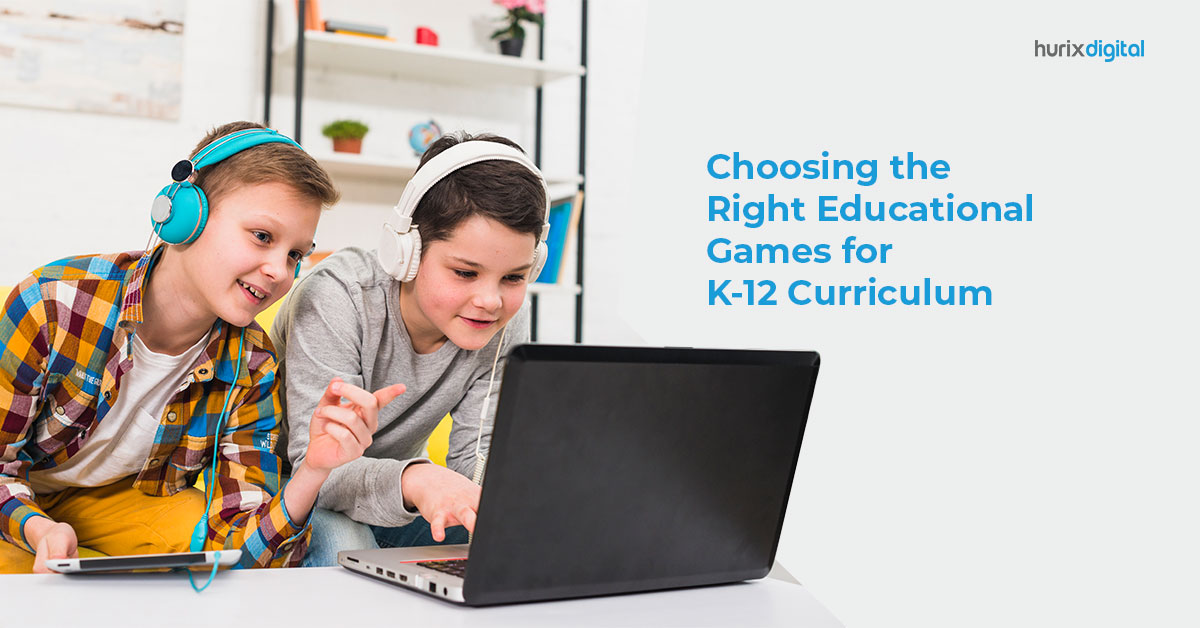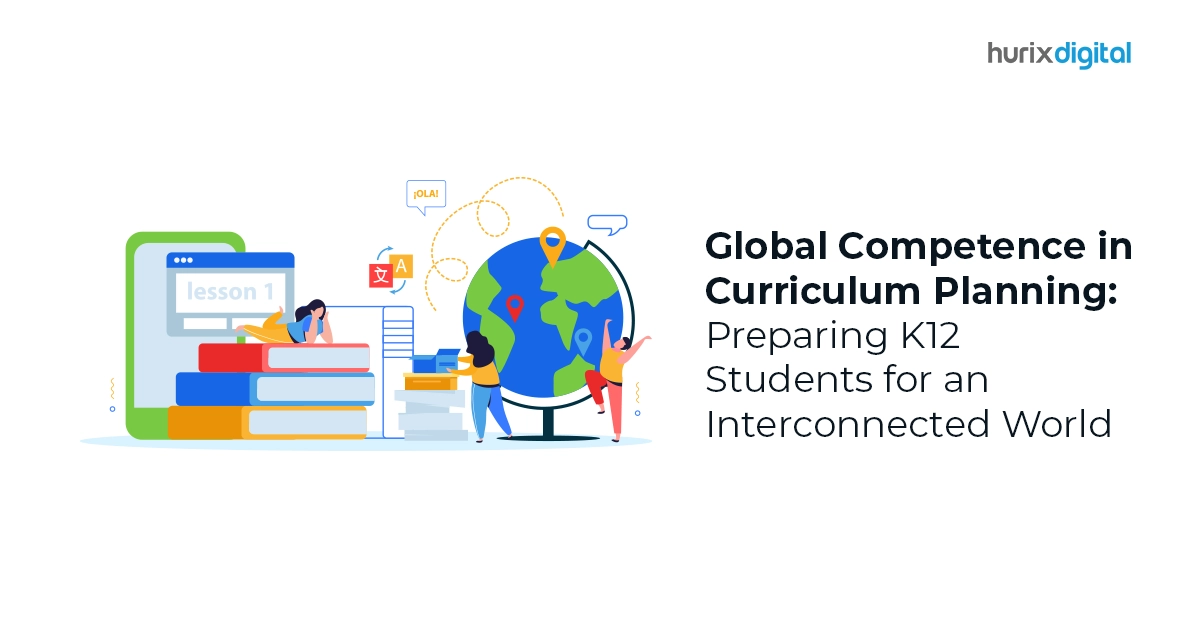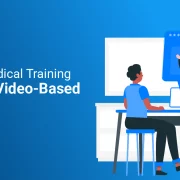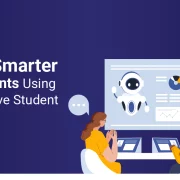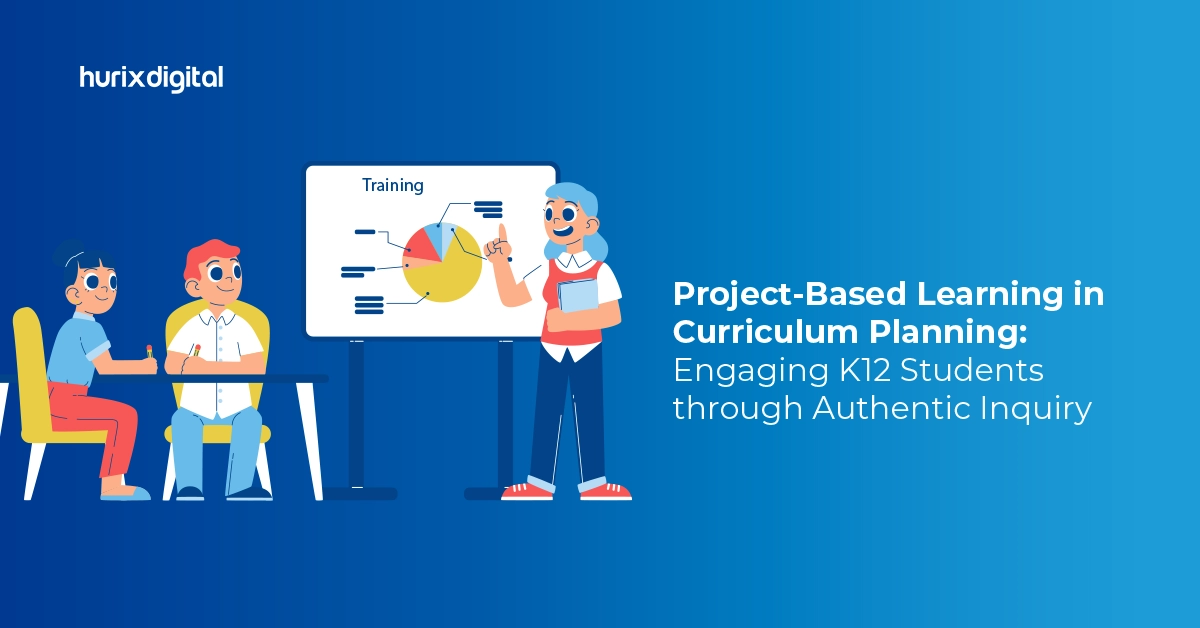
Project-Based Learning in Curriculum Planning: Engaging K12 Students through Authentic Inquiry
Summary
Learn about project-based learning and its role in curriculum planning. This article discusses how authentic inquiry can engage K12 students.
Project-based learning immerses students in hands-on experiences, allowing them to delve deeply into topics and develop essential organizational and time management skills. As students collaborate on projects, they cultivate teamwork, problem-solving, decision-making, and research abilities.
This approach involves analyzing problems, breaking them down into manageable modules, applying relevant techniques to solve each module, and integrating solutions into a comprehensive resolution.
Throughout the process, teams gather and process data in various formats tailored to project requirements, ensuring every member contributes to problem-solving. Presenting the findings effectively concludes the project, demonstrating mastery of both content and critical skills.
Table of Contents:
- Implementing Project-Based Learning in K12 Education
- How Can K12 Students Engage in Project-Based Learning?
- Examples of Successful Project-Based Learning Activities
- Final Thoughts
Implementing Project-Based Learning in K12 Education
Here’s how you can implement project-based learning in K12 education:
1. Find a Project to Work On
Inspiration can stem from real-world scenarios, igniting students’ curiosity and motivation. Consider diverse projects, such as planning a seminar or addressing a community issue. Encourage interdisciplinary exploration to deepen engagement and relevance.
2. Define a Strategy
Each project requires a thoughtful approach. Designate a project leader and delineate roles for each team member. Provide clear guidelines and activities, empowering students to navigate tasks effectively. Anticipate challenges and cultivate problem-solving skills by considering various strategies and outcomes.
3. Fix a Time Frame
Every project is a time-sensitive endeavor. The student must understand the relevance of a time period for project completion. All of the projects’ activities take a certain amount of time to complete. Every project must be well-structured while still being adaptable in terms of its timeline.
4. Provide Guidance and Monitoring
Often, project participants become stuck with a certain procedure, making it hard to go forward. They will require direction in this scenario, which may be gained from a variety of sources, including books, the internet, and professionals in the subject.
While the project leader’s role in project monitoring is critical, the guide instructor also plays a role in project monitoring. So make sure to provide ample support and guidance to students as they navigate project challenges.
5. Encourage Persistence
Encourage students to persevere through challenges and setbacks. Emphasize the importance of resilience and problem-solving skills in overcoming obstacles and achieving project goals.
6. Promote Creative Exploration
Encourage students to think outside the box and explore creative solutions to project challenges. Foster an environment where experimentation and innovation are celebrated, allowing students to unleash their creativity and develop unique approaches to problem-solving.
This way, you can eventually transform K12 curriculum planning, engaging students in authentic inquiry and real-world experiences through Project-Based Learning (PBL).
7. Integrate Real-World Connections
Connect projects to real-world contexts to enhance relevance and authenticity. Encourage students to explore how their project impacts the broader community or addresses global issues, fostering a sense of purpose and civic responsibility. By grounding projects in real-world applications, students develop a deeper understanding of the significance of their learning.
Also Read: Empowering Every Student: Customizing K12 Education for Individual Growth and Success
How Can K12 Students Engage in Project-Based Learning?
Here are some ways K12 students can engage in project-based learning:
1. Open Communication with Others
Encourage students to maintain open lines of communication with their peers throughout the project. Whether through emails, phone calls, or in-person meetings, effective communication ensures seamless collaboration and problem-solving within the team.
2. Becoming a Proactive Listener
While working on a project together, it is vital to comprehend the thoughts of others. This may be achieved if team members listen to each other in group meetings and follow agreed-upon measures.
3. Sharing Ideas and Insights
Collaboration flourishes when students freely exchange ideas, images, and resources. Encourage students to contribute their unique perspectives and expertise to the project, enriching the collective knowledge pool and enhancing creativity.
4. Demonstrating Respect for Teammates
Cultivate a culture of respect and appreciation for every team member’s contributions. Encourage students to value and acknowledge each other’s opinions and ideas, fostering a supportive and inclusive team environment.
5. Offering Assistance and Support
Encourage students to lend a helping hand to their peers whenever needed. Collaboration often requires seeking assistance from both team members and external resources, highlighting the importance of collective effort and mutual support.
In a nutshell, open communication, proactive listening, idea sharing, mutual respect, and collaborative support are key pillars that empower students to succeed in project-based learning experiences.
By following these guidelines, K12 students can actively engage in project-based learning, fostering teamwork, critical thinking, and problem-solving skills while addressing real-world challenges.
Examples of Successful Project-Based Learning Activities
Here are a few examples of successful project-based learning activities.
- Community Service Assignments: Students recognize a community requirement or issue, research solutions, and take measures to address it. For instance, students may run a food drive, build a community center, or raise awareness about environmental problems.
- Historical Assessments: Students explore a historical event, period, or figure through assessment, analysis, and inventive expression. For example, students may reenact a key moment in history, make a documentary film, or plan a museum exhibit.
- STEM Challenges: Students engage in hands-on STEM (Science, Technology, Engineering, and Science) assignments that require problem-solving, experimentation, and collaboration. For example, students may plan and build a solar-powered car, develop a bridge utilizing only toothpicks and sticks, or make a model of a sustainable city.
- Entrepreneurship Undertakings: Students create entrepreneurial aptitudes by creating and setting up their business ventures. For example, students may make a product, perform market analysis, make a trade plan, and pitch their thoughts to potential investors.
Check out EXCLUSIVE: Hurix Minibook: The Paradigm Shift in Higher Education with Curriculum Development
Final Thoughts
Project-Based Learning (PBL) is a game-changer for K12 education. It gets students involved in real-life projects, helping them learn better. With PBL, students not only enjoy learning but also gain important skills for their future. This also transforms traditional curriculum planning, making education more engaging and relevant to students’ lives.
Moreover, if you are searching for an online teaching platform to seamlessly implement a project-based learning curriculum and engage K12 students, Hurix Digital can be your ideal partner. With our expertise, we can help you create innovative digital learning solutions in 2024.
Wondering how to get started? Contact us now!

Senior Vice President
A Business Development professional with >20 years of experience with strong capability to sell new solutions and develop new markets from scratch. New Market Entry Specialist with experience of working in two of the largest emerging markets – China & India. Also covered other key markets in APAC, US, EU & ME. Exceptional experience of conceptualizing, ideating and selling new learning technologies like VR AR, etc. across multiple industry verticals.

